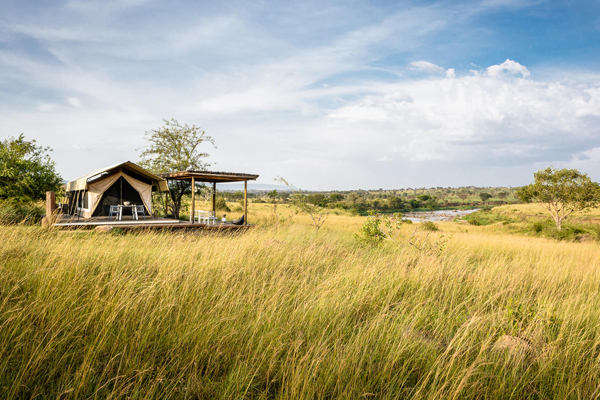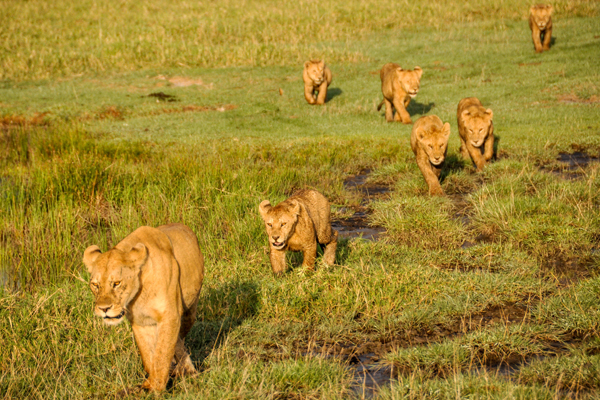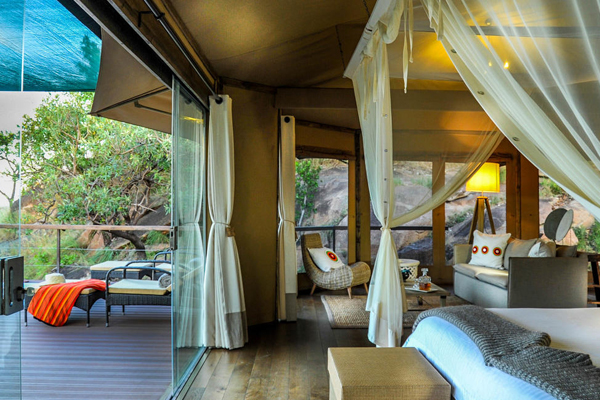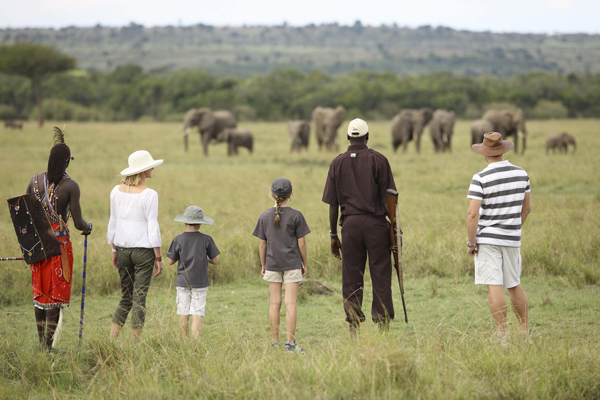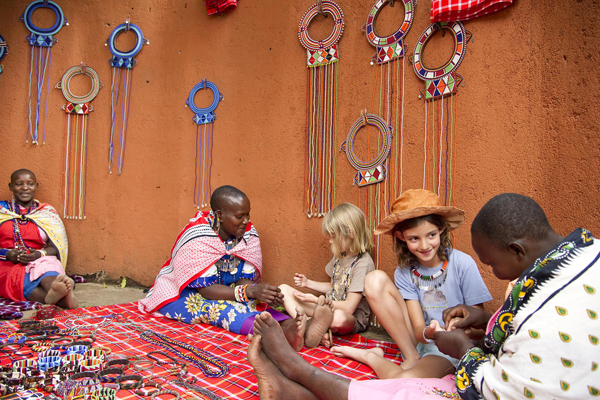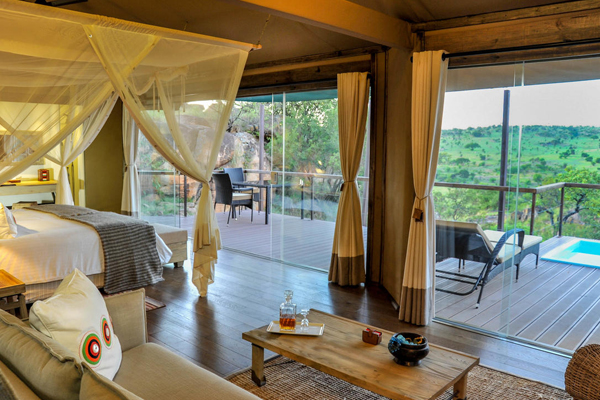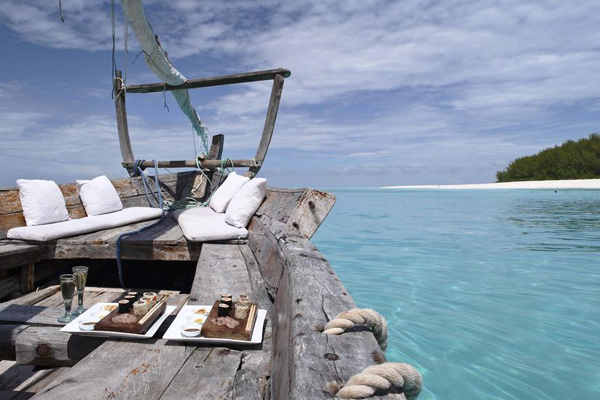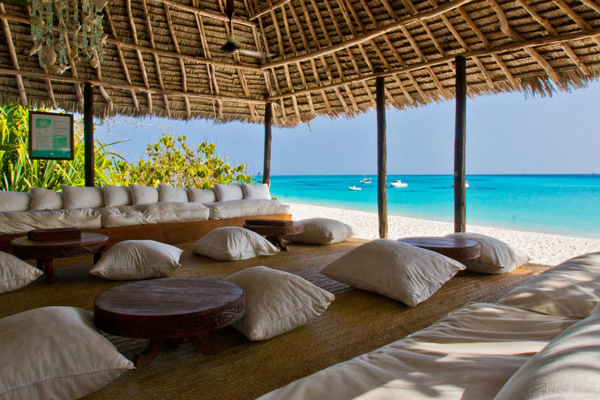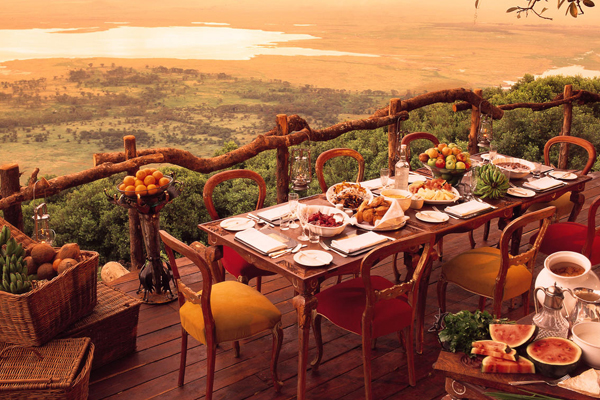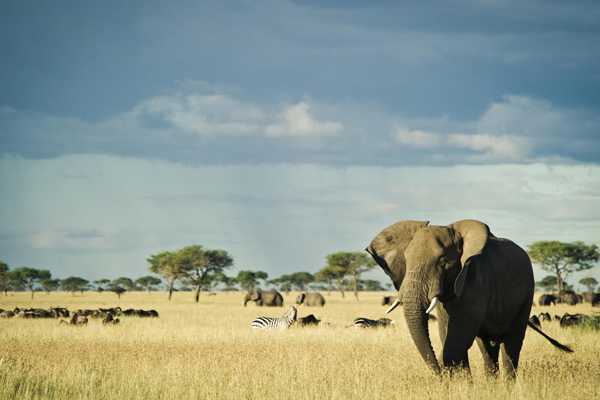Tanzania is an East African country known for its vast wilderness areas.
They include the plains of Serengeti National Park, a safari mecca populated by the “big five” game (elephant, lion, leopard, buffalo, rhino), and Kilimanjaro National Park, home to Africa’s highest mountain. Offshore lie the tropical islands of Zanzibar, with Arabic influences, and Mafia, with a marine park home to whale sharks and coral reefs. Tanzania has the largest concentration of wildlife animals per square kilometer, with more than 4 million wild animals and representatives of 430 species and subspecies.
Tanzania is a true classic safari destination, with beautiful beach options.
Visitors typically visit Tanzania to partake in at least one of the three well known Tanzanian tourist experiences: a fly in safari adventure following the great Wildebeest Migration in some of Africa’s most impressive game reserves, a hiking excursion around Mount Kilimanjaro National Park, or a relaxing seaside vacation on the picturesque island paradise of Zanzibar. Tanzania is undoubtedly one of the most friendly and welcoming national in Africa. Its people are diverse in culture, but all very welcoming and proud to show off their country.
Migration in Serengeti - June/July
Wildebeest calving - January to February
Long Rains - March to May
Short Rains - November to December
Temp - Summer avg. 35C, Winter avg. 22C
Language - Swahili and English
Monetary unit - Tanzanian Shilling
Visas - Single entry tourist visa: US$50 on arrival (US Passport holders is US$ 100)
Health Requirements - No innoculations required
Travel Insurance - Recommended
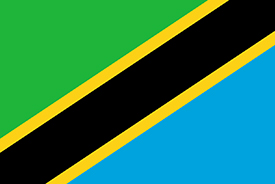
National Parks & Places of interest in Tanzania
The Serengeti
Serengeti National Park, in northern Tanzania, is vast and beautiful, its one of Africa’s most captivating safari areas and is known for its massive annual migration of wildebeest and zebra. Seeking new pasture, the herds move north from their breeding grounds in the grassy southern plains. Many cross the marshy western corridor’s crocodile-infested Grumeti River. Others veer northeast to the Lobo Hills, home to black eagles. Black rhinos inhabit the granite outcrops of the Moru Kopjes. The sheer voulmets of game in Serengeti is amazing with the magnificent Migration reaching up to about two million wildebeest, about half a million zebra, hundreds of thousands of Thompson's gazelle, and tens of thousands of impala, Grant's gazelle, topi (tsessebe), hartebeest, eland and other antelope – all hunted by the predators for which these plains are famous.
Ngorongoro Conservation Area
Ngorongoro Conservation Area is in northern Tanzania. The jewel in Ngorongoro's crown is a deep, volcanic crater, the largest un-flooded and unbroken caldera in the world. About 20kms across, 600 meters deep and 300 sq kms in area, the Ngorongoro Crater is a breathtaking natural wonder. It’s home to “big 5” game (elephant, lion, leopard, buffalo, rhino). Huge herds of wildebeests and zebras traverse its plains during their annual migration. Livestock belonging to the semi-nomadic Maasai tribe graze alongside wild animals.
Tarangire National Park
Tarangire National Park is the sixth largest national park in Tanzania, it is located in Manyara Region. The name of the park originates from the Tarangire River that crosses the park. The wild animals in this park differ depending on the season. It is also linked to the fact that Tarangire is just a part of the bigger ecosystem. Many of the animals leave the park during the months of November to May. The zebras as well as large herds of wildebeests move into the north-western direction towards the Rift Valley floor amongst the large numbers of animals that spread across the large open areas of the Masaai Steppe. The game goes back to the Tarangire swamps during the dry season around the months of June to October most especially, the river system. This is noted as the best season hence enjoy the best of animal viewing during your safari visit to Tarangire around this time. You will obviously see big numbers of elephants gather here as well as the wildebeests and zebras.
Mount Kilimanjaro
Mount Kilimanjaro, with its three volcanic cones, "Kibo", "Mawenzi", and "Shira", is a dormant volcano in Tanzania. At 5,895 m, Kilimanjaro is the highest point in Africa. This volcanic massif stands in splendid isolation above the surrounding plains, with its snowy peak looming over the savannah. The mountain is encircled by mountain forest. Numerous mammals, many of them endangered species, live in the park. The most popular tourists to this park are of course those who wish to climb the mountain and summit. There are many different routes to take and differ in range of difficulty.
Zanzibar Island
The name Zanzibar is an Arabic word that is translated as 'the coast of black people'. The Zanzibar archipelago is a series of islands on the Indian Ocean about 16-31 miles from the mainland Republic of Tanzania. Stone Town, former capital of the Zanzibar Sultanate, and flourishing centre of the spice trade, as well as the slave trade in the 19th century, has retained its importance as the main city of Zanzibar during the period of the British protectorate.[2] When Tanganyika and Zanzibar joined each other to form the United Republic of Tanzania, Zanzibar kept a semi-autonomous status, with Stone Town as its local government seat.
Stone Town is a city of prominent historical and artistic importance in East Africa steeped in history. Its 19th Century architecture reflects the diverse influences underlying the Swahili culture, along with a unique mixture of Arab, Persian, Indian and European elements. For this reason, the town was designated as a UNESCO World Heritage Site in 2000.
Due to its heritage, Stone Town attract many visitors and a large part of its economy relies on tourism. Its winding lanes present minarets, carved doorways and 19th-century landmarks such as the House of Wonders, a former sultan’s palace. The northern villages Nungwi and Kendwa have wide beaches lined with hotels.
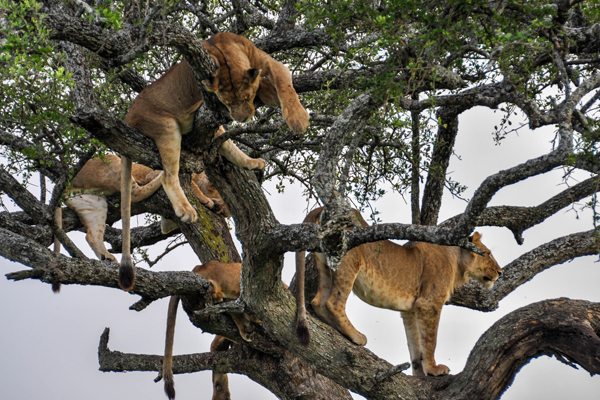
TANZANIAN OVERLAND SAFARI
Arusha - Tarangire National Park - Ngorongoro Crater – Central Serengeti
7 nights/ 8 days
>> DOWNLOAD PDFTanzania Activities
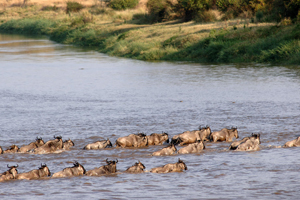
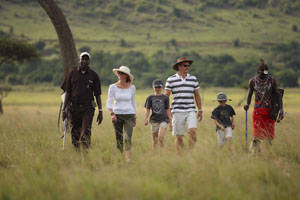
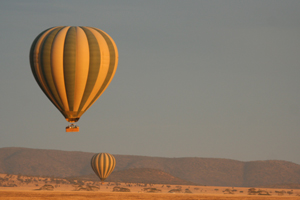
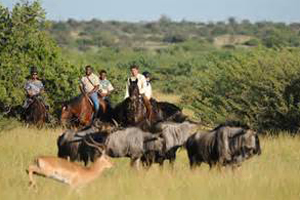
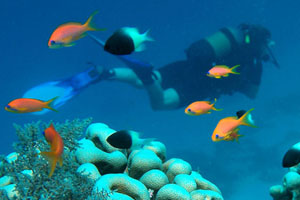
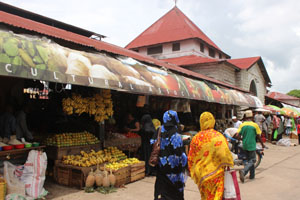

I could not imagine a trip to Africa without you both, but then we have mightily spoiled. The places you have booked us into are unbelievable. Not only are they most luxurious and beautiful, but those associated with the "camps" are knowledgeable--fabulous guides--and well trained in the art of serving and caring for guests--excellent dining as well. I know that you have researched each site, usually having been there yourselves. Your services are soooo complete and personal with every detail attended to. We all loved the "flip" itinerary book you did this past trip. And Sid does the best job in arranging for sightings of ALL the animals many times. What's more, you make it all such fun!
Tom & Lyndie Lamson, USA – South Africa and Zimbabwe

